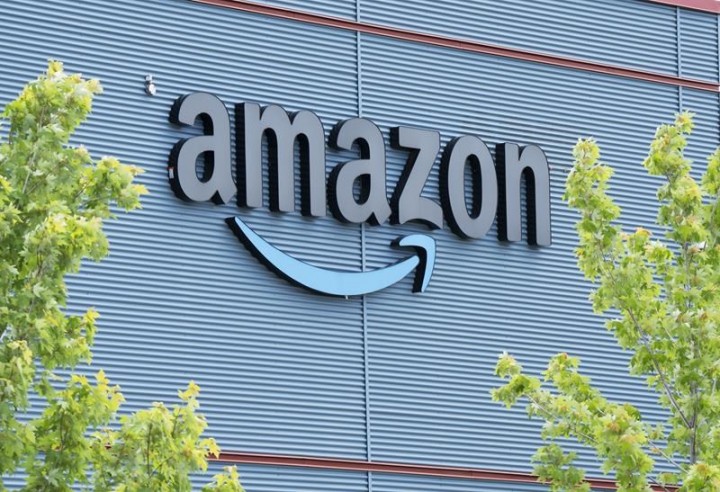Reuters | June 10, 2022 |
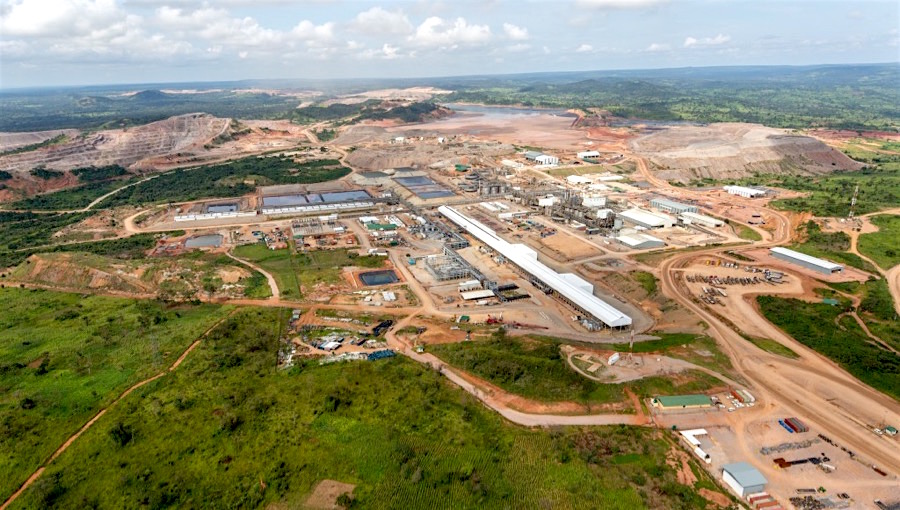
Aerial view of the processing plant at the Tenke Fungurume mine.
There has been no change in control of Tenke Fungurume Mining, majority owner China Molybdenum said on Friday, contradicting a state mining company official who said a temporary administrator had taken control of the world’s second-largest cobalt producer.

The secretary-general of Congo’s state mining company Gecamines told Reuters on Thursday that a court-appointed temporary administrator had officially taken charge amid a dispute between TFM shareholders.
China Moly controls an 80% stake in the copper and cobalt mine, while Gecamines owns 20%.
“There is no change in the management right of TFM, and production and operations are running as usual,” China Molybdenum spokesperson Vincent Zhou said in an email.
A court had appointed the administrator, Sage Ngoie Mbayo, in February for a period of six months in response to a claim brought by Gecamines.
Implementation of the ruling was suspended after Congo’s government called for an investigation. But in a letter dated June 1 and seen by Reuters, Justice Minister Ruth Mutombo ordered that it be enforced.
Ngoie, who had been named Gecamines’ representative to TFM shortly before his appointment as temporary administrator, officially took charge on Thursday, Gecamines secretary-general Patrice Pungwe said.
In a video filmed at TFM’s offices, Ngoie declared that he was now in control.
“At this time, TFM is run by me. It is not run by Gecamines or by CMOC (China Moly),” he said.
The dispute started last August when Congo’s government announced it had formed a commission to reassess the reserves and resources at TFM, which is also among the world’s largest copper producers.
The government suspects the mine has understated its levels of reserves in order to reduce the amount of royalties it pays to Gecamines. China Molybdenum denies having done so.
China Moly and Gecamines are “continuing to move forward” with talks around royalty payments, Zhou said on Friday.
The court order in February tasked Ngoie with “reconciling the two partners on the points of divergence, namely access to technical information.”
Congo is the world’s top producer of cobalt, which is used in electric batteries, and Africa’s leading miner of copper.
TFM produced 18,501 tonnes of cobalt and 209,120 tonnes of copper last year, according to China Moly.
TFM aims to produce 227,000-267,000 tonnes of copper and 17,500-20,500 tonnes of cobalt in 2022.
(By Aaron Ross and Helen Reid; Editing by Chris Reese and David Evans)
Reuters | June 9, 2022
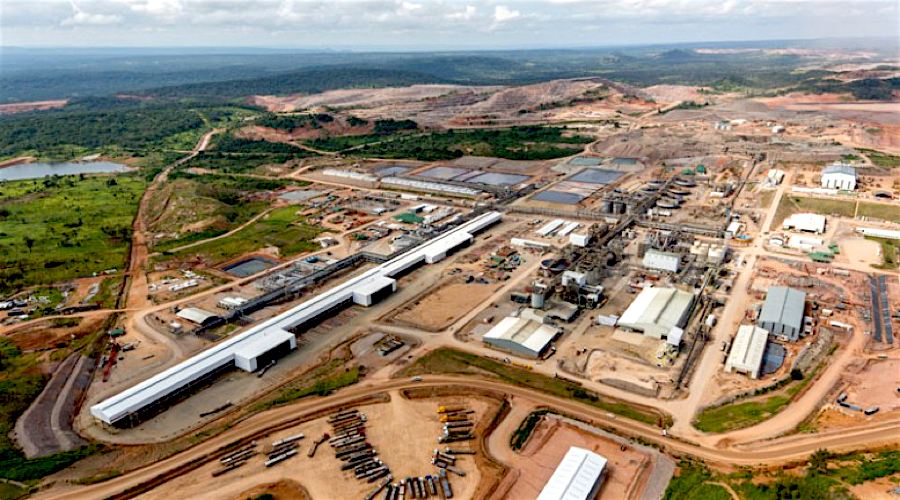
Tenke Fungurume operation.
A temporary administrator took control on Thursday of China Molybdenum’s Tenke Fungurume mine in Congo, an official from the state mining company said, amid a dispute between shareholders in the world’s second-largest cobalt producer.

A court appointed the administrator, Sage Ngoie Mbayo, in February for a period of six months in response to a claim brought by the state miner Gecamines. China Moly controls an 80% stake in the mine, known as TFM. Gecamines owns 20%.
Implementation of the ruling was suspended after Congo’s government called for an investigation. But in a letter dated June 1 and seen by Reuters, Justice Minister Ruth Mutombo ordered that it be enforced.
Ngoie, who had been named Gecamines’ representative to TFM shortly before his appointment as temporary administrator, officially took charge on Thursday, Patrice Pungwe, the secretary-general of Gecamines, told Reuters.
In a video filmed at TFM’s offices, Ngoie declared that he was now in control.
“At this time, TFM is run by me. It is not run by Gecamines or by CMOC (China Moly),” he said.
A spokesman for China Moly did not immediately respond to a request for comment.
The dispute started last August when Congo’s government announced it had formed a commission to reassess the reserves and resources at TFM, which is also among the world’s largest copper producers.
The government suspects the mine has understated its levels of reserves in order to reduce the amount it pays to Gecamines. China Molybdenum denies having done so.
The court order in February tasked Ngoie with “reconciling the two partners on the points of divergence, namely access to technical information.”
Congo is the world’s top producer of cobalt, which is used in electric batteries, and it is Africa’s leading miner of copper.
(By Aaron Ross; Editing by Chris Reese)

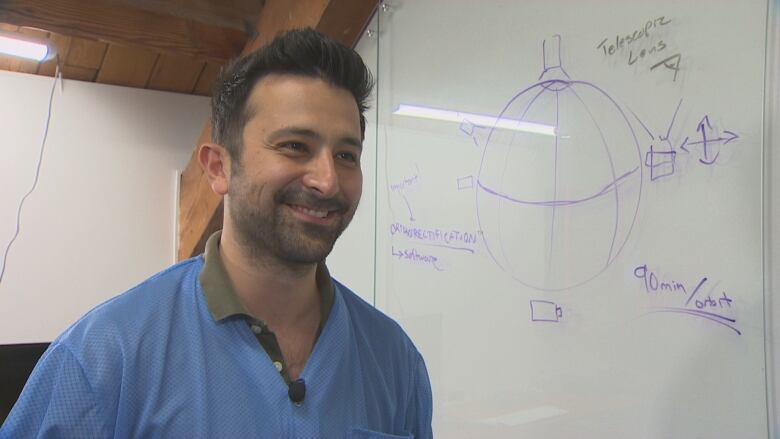






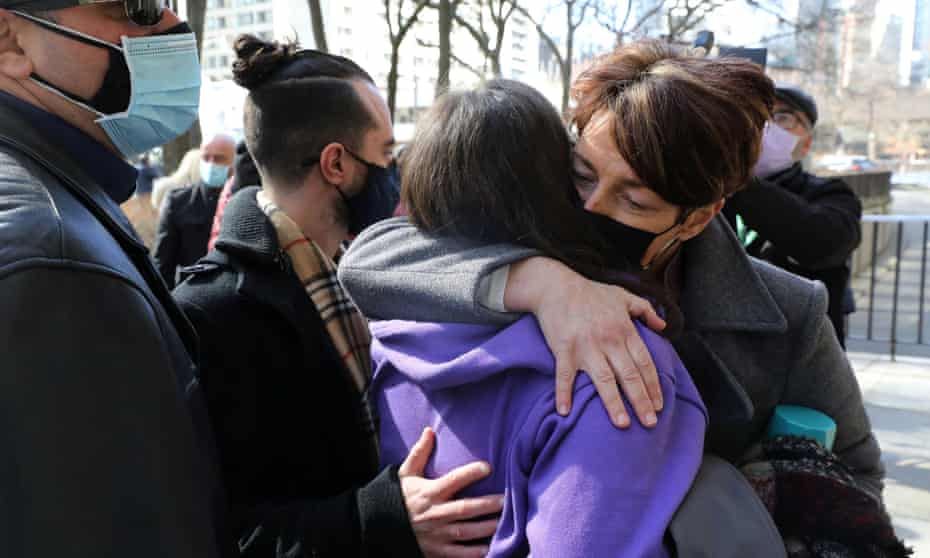
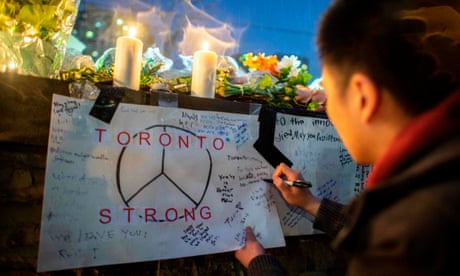

:format(jpeg)/cloudfront-us-east-1.images.arcpublishing.com/tgam/UZANXBHUONILBM7AH75X5CYBC4.JPG)
.png)

:format(jpeg)/cloudfront-us-east-1.images.arcpublishing.com/tgam/DCLB4ZBPP5G4HI456YXKWQ6XHU.png)


